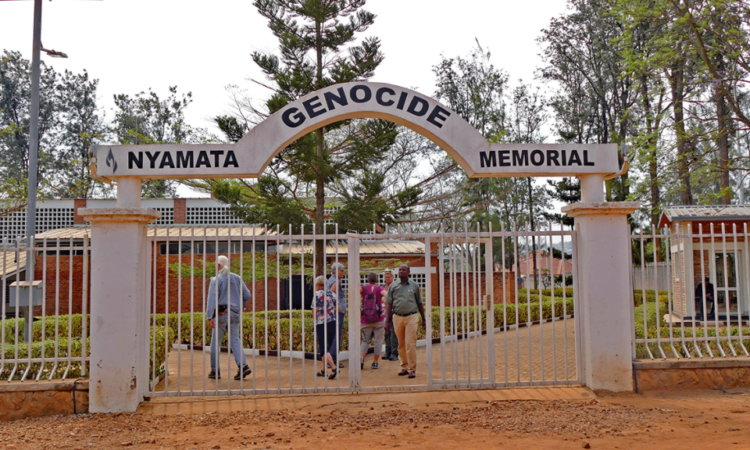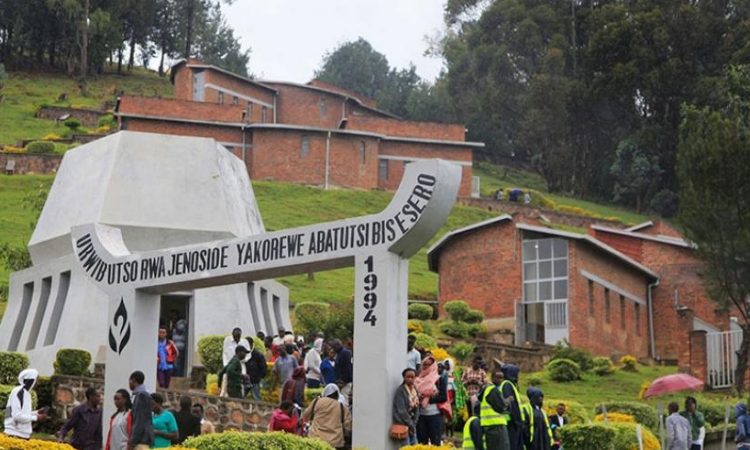Exploring Rwanda’s Genocide Memorial Centres : This guide is a complete guide to the Rwanda genocide memorial centers. These places are dedicated to the memory of those who lost their lives during the 1994 genocide. The memorial centres are designed to commemorate the genocide and also serve as a reminder that such atrocities can happen again. The centres have been built in different parts of Rwanda, with each site representing a different aspect of life in that region. The memorial sites offer visitors an opportunity to reflect on what happened, and learn about how it affected Rwandans and others around the world.

The Rwanda Genocide Memorial Centre is a museum and memorial centre dedicated to the genocide that occurred in Rwanda from April 1994 until July 1994. The centre includes four galleries with interactive exhibits, a hall of remembrance, and a library.
The Rwanda Memorial Center was established by the Rwandan government in 2006 and opened in 2007. The center aims to educate people about the genocide, promote reconciliation, and remember those who lost their lives.
The genocide museum features an exhibition of photographs, documents, and other artefacts that show how the genocide unfolded in Rwanda. The museum is a collaborative effort between the government of Rwanda and international organizations, who each contributed to the two-year exhibition.
The memorial is composed of a museum with exhibits on the history of Rwanda as well as a number of artworks created by Rwandans since 1994. The museum has been designed to help visitors understand the history and culture of Rwanda.
Rwanda’s genocide memorial centres are changing the way we remember history. They have given a new meaning to remembering history instead of just looking back at the past.

The memorial centres are an important part of Rwanda’s cultural heritage and they are changing how people remember the past. These centres bring together all aspects of memory, from personal stories to photographs and documents, in a single space.
The first genocide memorial centre was built in 1994 as a result of the Rwandan Genocide where 800,000 people were killed in 100 days. It is now estimated that more than 2 million people have visited these centres since their construction.
A tour guide is a person who leads people on a guided tour of a place. They are responsible for interpreting the history and significance of the site and its monuments, as well as providing visitors with an understanding of the local culture.
The role of a tour guide is to provide visitors with an understanding of the local culture, history and significance. They are also responsible for guiding visitors through different areas on their tours.
A good tour guide should be able to present information in an understandable way that is interesting, informative and accurate. In addition, they should be able to interpret what they see for visitors in order to make sure that they understand what’s going on.
Rwanda is a country that has been marked by the genocide of 1994. The country has many different memorials and museums, but one of the most popular is the Rwanda Genocide Memorial Centre.
The Rwanda Genocide Memorial Centre was built in 1995 as a place to commemorate the genocide victims. It is a museum that displays various artefacts related to the genocide and it also houses a library with books on Rwanda’s history and culture.
The best tours at Rwandan Genocide Memorial Centre are those which explore its history and culture, such as the tour of The Victims’ Hall, or The Killing Fields Tour.
Rwanda’s genocide memorial centres are not only a place to commemorate the victims of the genocide, but they also provide a way for Rwandans to learn from the past. They provide a space where people can share memories and feelings of their loved ones lost during the genocide.


